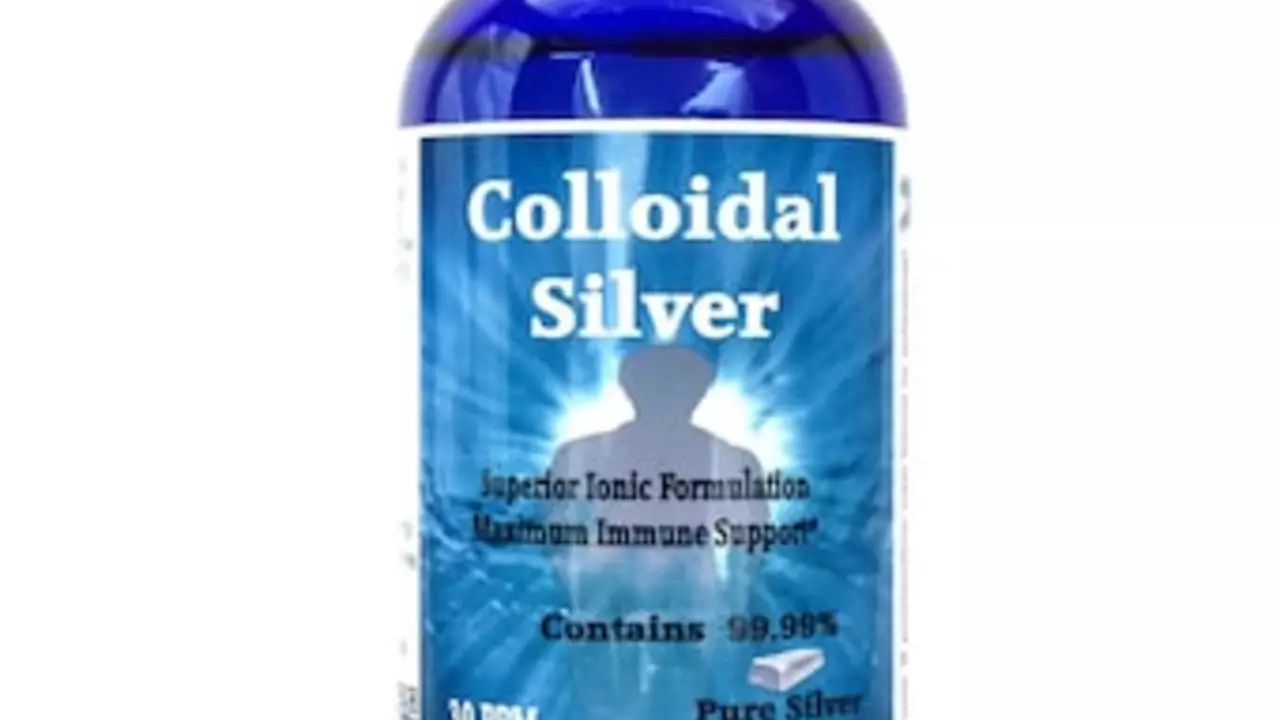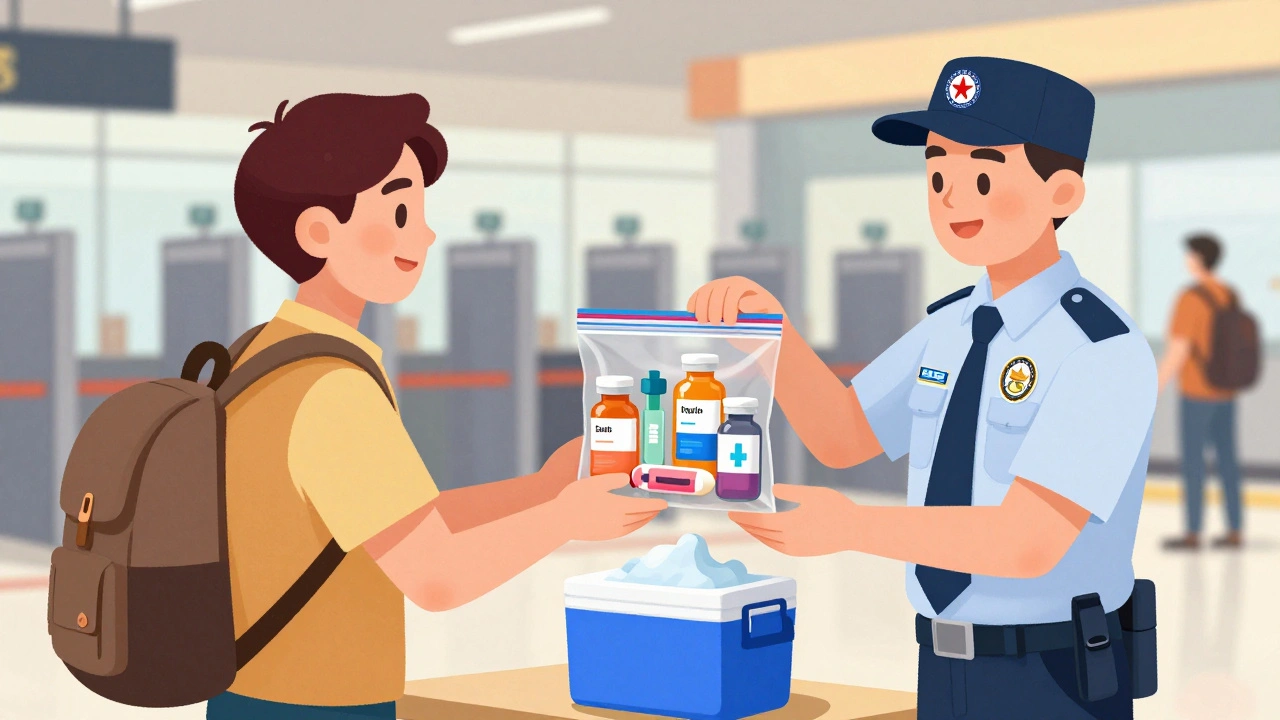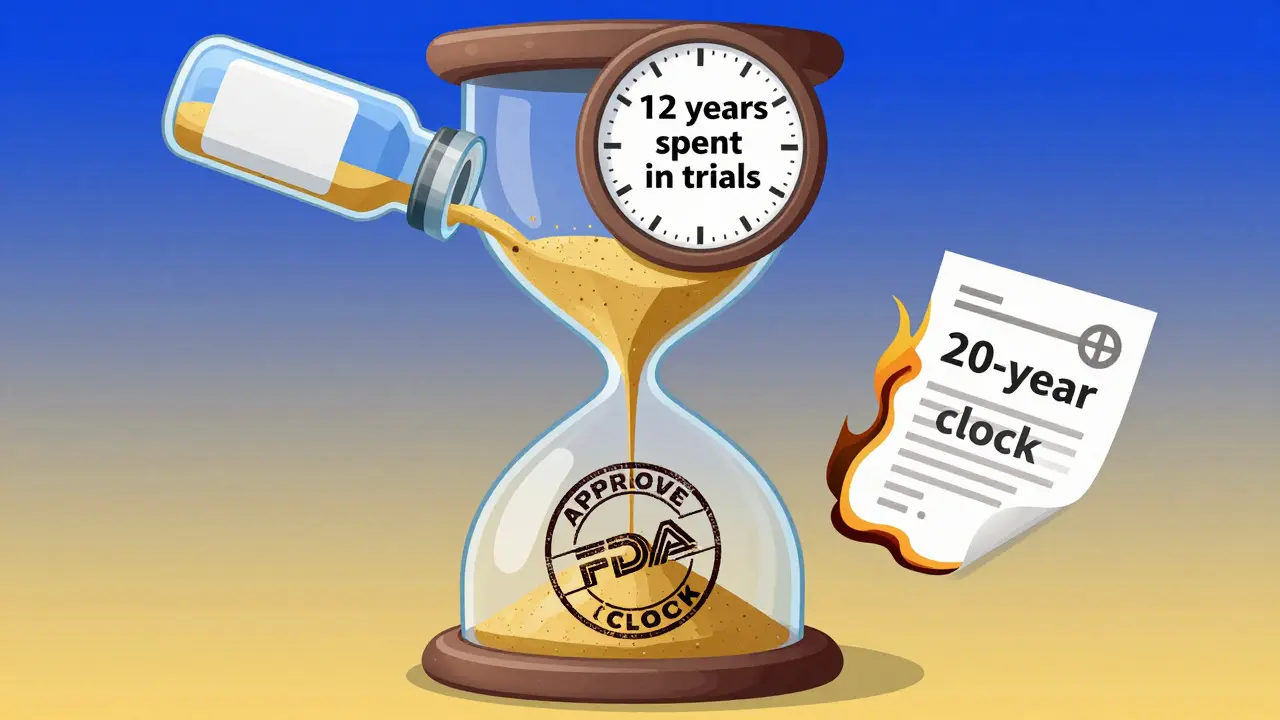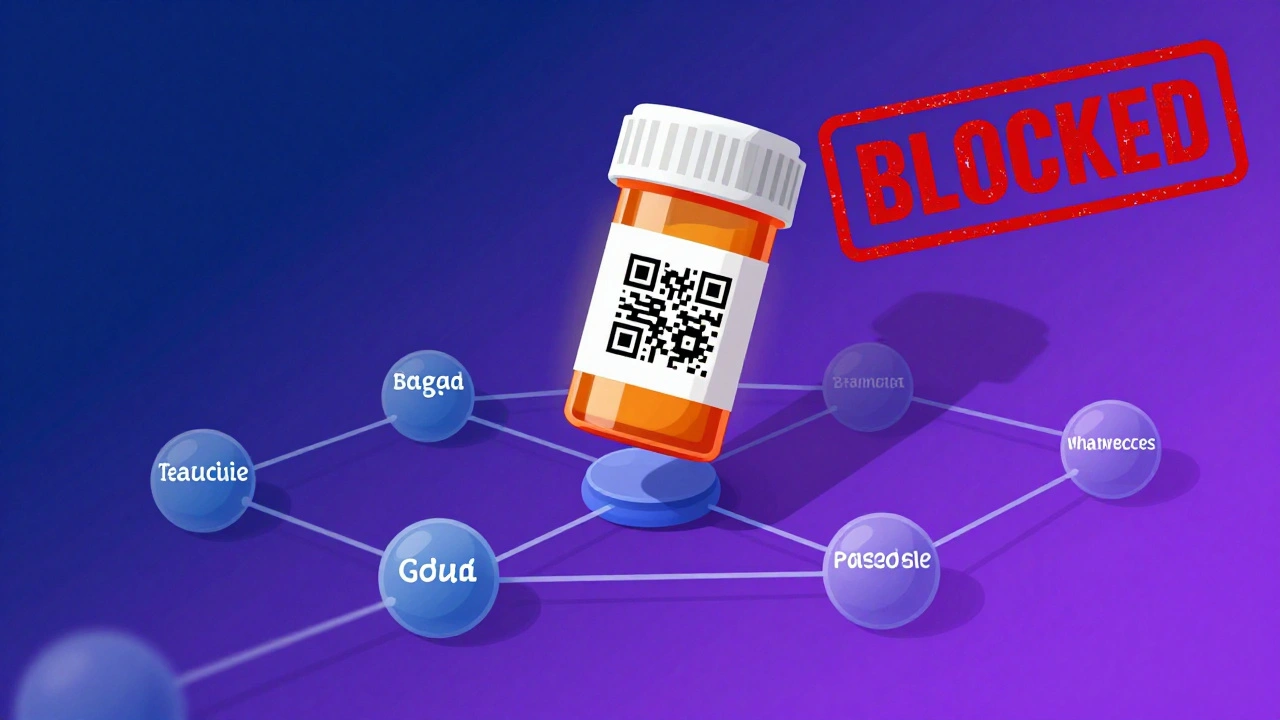Colloidal Silver: What It Is and What You Should Know
Colloidal silver is a suspension of tiny silver particles in liquid. People buy it hoping it will kill germs, boost immunity, or treat infections. The problem: solid proof for those claims is weak or missing, and there are real safety concerns you should know about before trying it.
Common uses and the real evidence
Some use colloidal silver as a topical antiseptic on minor cuts or as a home remedy for colds, sinus issues, or skin problems. Historically, silver has antibacterial properties and is used in medical dressings and some creams — but that’s not the same as homemade or over-the-counter colloidal silver. Medical silver products are controlled, measured, and tested. For internal use, there’s no reliable clinical proof that colloidal silver treats infections, COVID, Lyme disease, or cancer.
If you’re looking for proven treatments for infection or chronic problems, talk to a clinician. Simple options like clean wound care, prescribed antibiotics when needed, or over-the-counter antiseptics (povidone-iodine, chlorhexidine) are safer and better studied.
Safety issues you can’t ignore
The biggest, most serious risk is argyria — a permanent blue-gray discoloration of the skin, eyes, and mucous membranes. It happens when silver builds up in the body over time. Argyria doesn’t go away and can be socially and psychologically damaging. There’s also a risk of irritation, allergic reactions, and possible interference with certain medications. Pregnant or breastfeeding people, infants, and those with kidney problems should avoid colloidal silver entirely.
Regulators like the FDA have warned against selling colloidal silver with medical claims. That’s because evidence is lacking and harms can occur. Don’t trust any product that promises to cure serious diseases or prevent infections without clear clinical proof.
If someone suggests taking colloidal silver orally, be skeptical. There’s no standard safe dose, and more is not better. Even low daily doses can lead to accumulation over months or years. Topical use carries fewer systemic risks but still needs caution — avoid eyes, mouth, and large broken skin areas.
Thinking about buying some? Check the label for honest information and avoid products that make bold health claims. Prefer products with clear concentration info and a reputable manufacturer. Better yet, ask a pharmacist or doctor first. If you have a wound or a skin condition, use clinically approved antiseptics or dressings instead of DIY silver solutions.
If you try a topical product, do a patch test on a small area and stop if you get redness, itching, or any change in skin color. Keep records: if you use silver-containing products regularly, mention it to your healthcare provider so they can watch for signs of buildup.
Bottom line? Colloidal silver sounds appealing as a natural fix, but its benefits for internal use aren’t proven and the risks are real. Use proven antiseptics for wounds, talk to a clinician about infections, and avoid internal use unless a medical professional recommends a specific, tested product.






